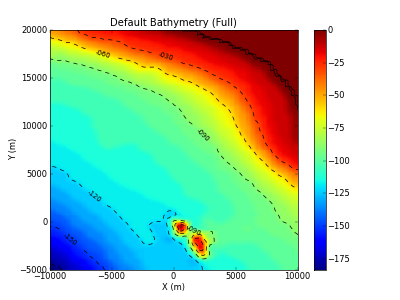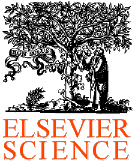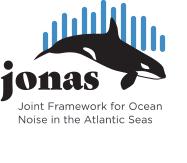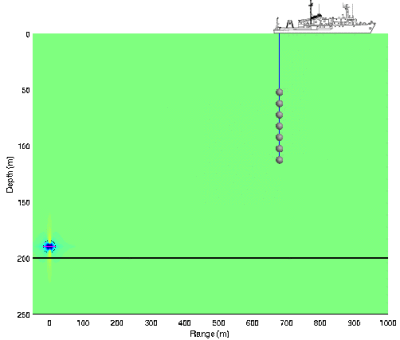|
You are not Logged in! Log in to check your messages. |

|
|
Check todays hot topics |
Web2Project Sign in
TV-AP Model Simulator:

TV-APM Model Simulator
TV-APM is an acoustic channel impulse response simulator that allows for a time variable geometry (moving target) over a true range dependent bathymetry. The user is free to define all the environmental, geometric and source - receiver characteristics so as to tailor the model to its own needs. The channel impulse responses are efficiently generated with compatible time frames and Doppler effects. TV-APM was developed by António Silva, Julien Huillery and Orlando Rodríguez in the work frame of projects Phitom and UAN. We suggest the download of a "light" version of the TV-AP model from OALIB so as to be able to run the model locally. In case of difficulty you may contact Orlando Rodríguez and, in case, obtain a login to access SiPLAB's TV-APM platform [here] for test and comparison.
Recent publications:
Noise Risk Assessment for Deep-Sea Exploration, (accepted) Springer Nature,
[PDF not yet] 2026.
 Common dolphin's shipping noise risk assessment on the Portuguese coast,
Mar. Pol. Bull, 211 117415 [PDF]
February. 2025.
Common dolphin's shipping noise risk assessment on the Portuguese coast,
Mar. Pol. Bull, 211 117415 [PDF]
February. 2025.
Featured products:

PAM2py
download zip or github, a Python open source version of the PAMGuide package for Passive Acoustic Monitoring that features the Exchange Data Format (EDF) for facilitated underwater acoustic data sharing and metadata handling. Python allows for a crossplatform licence free processing of raw acoustic data and EDF output. A library of Python routines for EDF data reading and writing are also available. See manual here.
